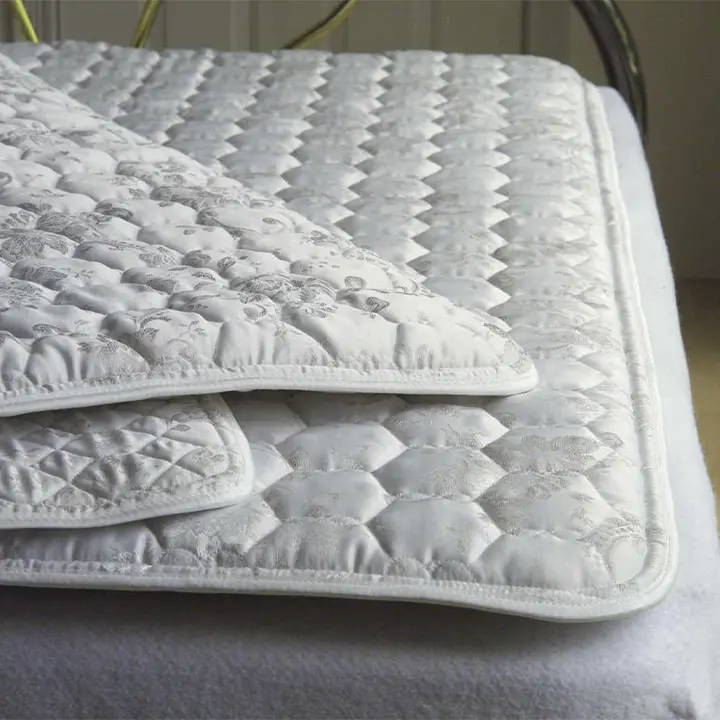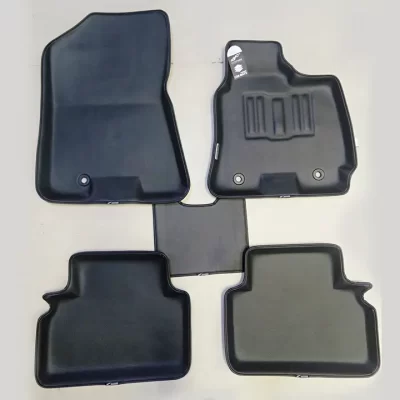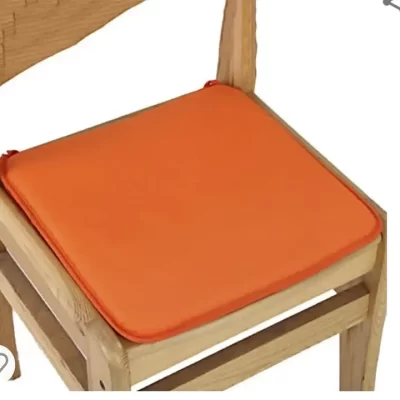Mattress Toppers
Polyurethane (PU) foam is widely used in mattress toppers due to its ability to enhance comfort, adjust firmness, and extend mattress life. It offers excellent pressure relief and is available in various densities and formulations, including memory foam and high-resilience foam.
Description
Types of PU Foam Used in Mattress Toppers
| Type | Features | Best For |
| Conventional PU Foam | Affordable, soft-medium firmness | Temporary or budget solutions |
| High-Resilience (HR) Foam | More durable, supportive, and responsive | Long-term use, back and stomach sleepers |
| Memory Foam (Viscoelastic) | Body-contouring, slow response, excellent pressure relief | Side sleepers, pain relief |
| Gel-infused PU Foam | Cools the surface, reduces heat retention | Hot sleepers |
Comfort Layer Enhancement: PU foam toppers add softness or firmness to an existing mattress, making them ideal for enhancing comfort on too-firm or aging mattresses.
Pressure Relief: PU foam contours to the body, reducing pressure on hips, shoulders, and joints, making it especially beneficial for side sleepers or those with joint pain.
Motion Isolation: Reduces motion transfer in shared beds, improving sleep quality.
Temperature Regulation: Open-cell polyurethane and gel-infused memory foam offer improved airflow and cooling.
Cost-Effective Mattress Upgrade: A topper with PU foam is a budget-friendly alternative to buying a new mattress.
Comfort & Support: Enhances sleep posture and comfort level.
Customizable: Available in different thicknesses (1–4 inches) and densities.
Affordable: More cost-effective than buying a new mattress.
Easy to Use: Simply placed on top of an existing mattress and secured with a cover or straps.
Low Maintenance: Lightweight, easy to clean, and durable with proper care.
- CertiPUR-US® certified foam (low VOC, no harmful chemicals)
- OEKO-TEX® certified covers or materials
- Hypoallergenic and antimicrobial options, especially for allergy-sensitive users






